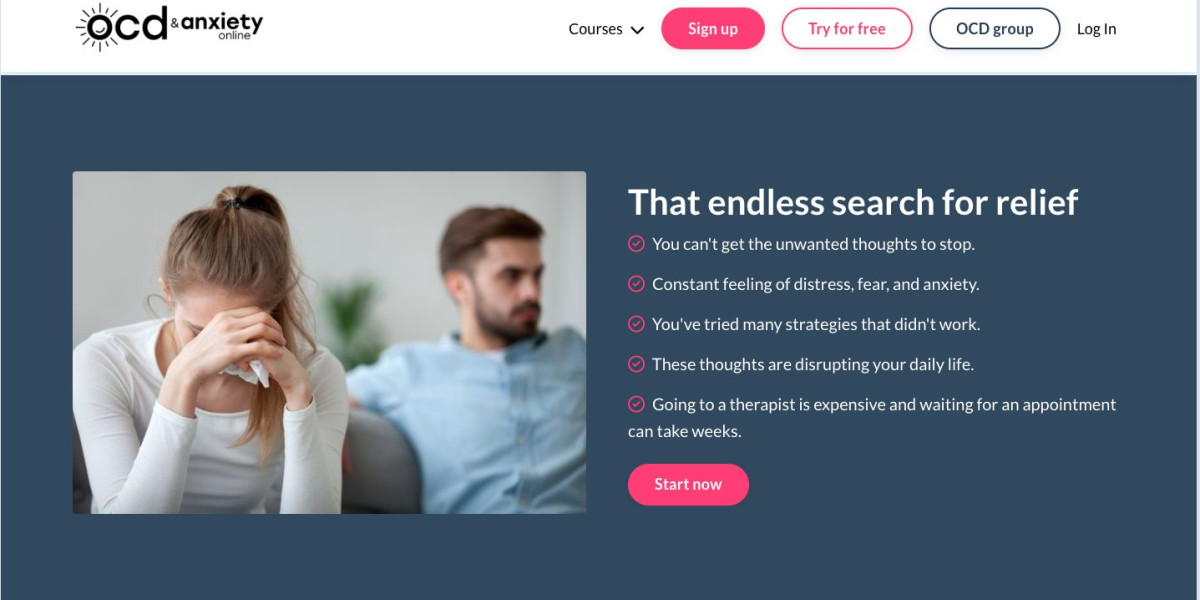Body-Focused Repetitive Behaviors (BFRBs) are complex and often misunderstood conditions that can significantly impact a person's quality of life. If you're seeking help for BFRBs, including treatment options, skin picking tests, hair pulling tests, or ways to stop hair pulling, it's essential to know that effective strategies and support systems are available to help manage these behaviors.
BFRB Treatment: A Comprehensive Approach
BFRBs, such as hair pulling (trichotillomania) and skin picking (dermatillomania), are conditions where individuals engage in repetitive, compulsive behaviors that can cause physical damage and emotional distress. These behaviors are often triggered by stress, anxiety, or other emotional factors, and they can become deeply ingrained habits that are difficult to break without professional help.
BFRB treatment typically involves a combination of therapeutic approaches, including Cognitive Behavioral Therapy (CBT) and Habit Reversal Training (HRT). CBT helps individuals identify and change the thoughts and emotions that contribute to their BFRBs, while HRT focuses on replacing the harmful behaviors with healthier alternatives. In some cases, medication may also be prescribed to address underlying anxiety or depression that can exacerbate BFRBs.
Support groups and online communities can also play a crucial role in BFRB treatment by providing a space where individuals can share their experiences, learn from others, and receive encouragement from those who understand their struggles.
Skin Picking Test: Assessing the Severity of Dermatillomania
If you're concerned about compulsive skin picking, taking a skin picking test can be an important first step in understanding the severity of your condition. These tests are typically self-assessments that help identify the frequency and intensity of skin picking behaviors, as well as the emotional and psychological factors that may be contributing to the problem.
A skin picking test may ask questions about how often you pick your skin, what triggers the behavior, and how it affects your daily life. Based on your responses, the test can help determine whether your skin picking is a sign of dermatillomania, a type of BFRB, and whether professional treatment is recommended.
Hair Pulling Test: Evaluating Trichotillomania
Similar to the skin picking test, a hair pulling test is designed to assess the presence and severity of trichotillomania, a condition characterized by the compulsive pulling out of one's hair. This behavior can lead to noticeable hair loss and can be a source of significant distress and shame.
The hair pulling test typically includes questions about the frequency of hair pulling, the areas of the body affected, and the emotional triggers associated with the behavior. The results of this test can help determine whether trichotillomania is present and guide the development of an appropriate treatment plan.
Strategies to Stop Hair Pulling
If you're looking for ways to stop hair pulling, there are several strategies that can be effective when combined with professional treatment. Habit Reversal Training (HRT) is one of the most commonly used techniques, involving awareness training, competing response training, and relaxation techniques to help individuals resist the urge to pull their hair.
Another helpful approach is identifying and addressing the underlying emotional triggers that lead to hair pulling. Stress management techniques, such as mindfulness meditation, deep breathing exercises, and regular physical activity, can reduce the urge to engage in BFRBs.
Creating a supportive environment is also crucial. This may involve setting up physical barriers to prevent hair pulling, such as wearing gloves or using fidget toys to keep your hands occupied. Additionally, enlisting the support of friends, family, or a therapist can provide encouragement and accountability as you work to overcome this challenging behavior.
In conclusion, BFRBs like skin picking and hair pulling are complex conditions that require a comprehensive approach to treatment. By utilizing tools like skin picking and hair pulling tests and implementing strategies to stop hair pulling, individuals can take significant steps toward managing their behaviors and improving their quality of life.








